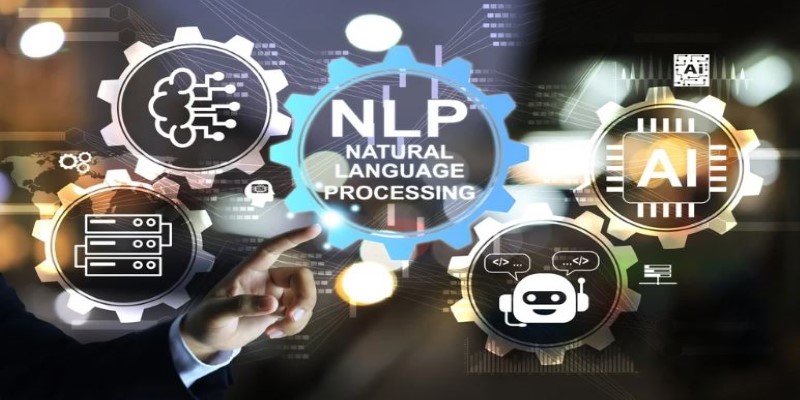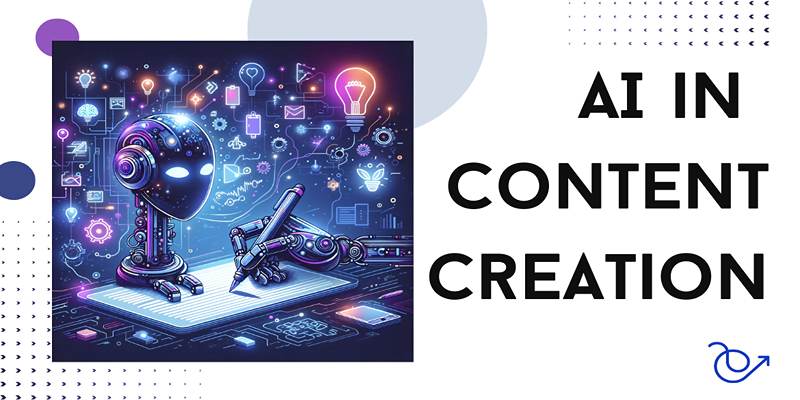An embedding model is a tool used in machine learning and AI to convert high-dimensional data, like words, images, or sentences, into a more manageable form that computers can understand. Unlike traditional data representations, embedding models capture the relationships between data points, making them essential for recognizing patterns and making predictions.
These models take raw data and convert it to mathematical vectors so that AI can more easily work with intricate data. In this article, we will see how embedding models function, how they apply to natural language processing, recommendation systems, and image recognition, and why they are necessary to develop AI and design the future of technology.
How Embedding Models Work?
Central to an embedding model is the idea of describing intricate data in a format computers can process more effectively. To better grasp this, let's examine in greater detail how these models work.
Imagine having a set of words, and you have to develop a certain numerical format for them. The basic scheme is analogous to allotting a different number to each word. The first scheme does not capture any relationship between them. For example, the words 'king' and 'queen' would be assigned completely unrelated numbers despite the fact that they are closely related in meaning.
This is where embedding models fit in. Rather than relying on random numbers, embedding models map words (or other data) into vectors in a multi-dimensional space. These vectors are numerical, but the trick is in how they are positioned in the space. Similar words will be positioned near each other, and unrelated words will be positioned far from each other.
The concept is that embedding models can detect subtle relationships between words or other data types. This makes them particularly well-suited for tasks like language translation, sentiment analysis, and recommendation systems.
The Role of Embedding Models in Machine Learning
Embedding models are critical to machine learning because they enable AI systems to process and comprehend complicated data more easily. Machine learning algorithms require data in a particular structure to execute tasks such as classification, clustering, or regression. Raw data—text or images, for example—is frequently not so neatly structured, which is where embeddings are used.

In machine learning, the goal is to build models that can generalize well from one set of data to another. However, raw data is often sparse or high-dimensional, making it difficult for machines to recognize patterns. By converting this data into embeddings, machine learning models can work with a more compact and meaningful representation of the data. This is especially important for tasks like natural language processing (NLP) or image recognition, where the relationships between data points are highly complex.
Embeddings make it easier for machine learning models to learn from data. They simplify the learning process and improve the model's performance by providing a better representation of the underlying structure of the data. Whether it's finding similarities between words, understanding context in sentences, or recognizing patterns in images, embedding models makes machine learning models more efficient and accurate.
Applications of Embedding Models
Embedding models are used in a wide range of applications, from search engines to social media platforms. Here are a few of the most prominent ways they’re being utilized:
Natural Language Processing (NLP):
One of the most common uses of embedding models is in NLP tasks like text classification, language translation, and sentiment analysis. Embeddings allow AI systems to understand the meanings behind words and their relationships, enabling better translations and more accurate sentiment analysis.
Recommendation Systems:
Embedding models play a significant role in recommendation systems, which are used by platforms like Netflix, Amazon, and Spotify. By embedding user preferences and item features into a shared space, these models can recommend products, movies, or songs based on what similar users have liked.
Image Recognition:

In computer vision, embedding models represent images in a way that captures their essential features. For instance, an image of a cat and an image of a dog might be embedded into similar regions of the space because they share certain visual features. This is helpful in applications like facial recognition and object detection.
Search Engines:
Embedding models are also crucial for search engines, allowing them to understand and rank content based on relevance rather than just keywords. By using embeddings to represent documents and search queries, search engines can return results that are more contextually relevant to the user's intent.
The Future of Embedding Models
As the field of AI continues to evolve, so too will the role of embedding models. Advances in machine learning techniques, such as transformers and deep learning, have already led to the development of more sophisticated embedding models that can handle even more complex data types. For example, OpenAI’s GPT-3, one of the most advanced AI models today, uses embeddings to generate human-like text based on a wide range of inputs.
Furthermore, embedding models are being adapted to handle increasingly large datasets, which is essential as data becomes more abundant and complex. Researchers are working on creating even more powerful models that can process data in real time and handle more intricate relationships between data points.
As we look to the future, embedding models will continue to be at the core of many AI-driven technologies. Whether in healthcare, autonomous driving, or entertainment, embedding models will help machines understand the world around us more effectively. With continued innovation, they will enable new applications we haven’t yet imagined, transforming industries and improving everyday life.
Conclusion
Embedding models play a crucial role in machine learning and AI by transforming complex data into a format that machines can understand and process. They enable systems to recognize patterns and relationships within data, improving performance across various applications like language processing, recommendation systems, and image recognition. As AI continues to advance, embedding models will remain integral, driving innovation and shaping the future of technology in countless industries.








